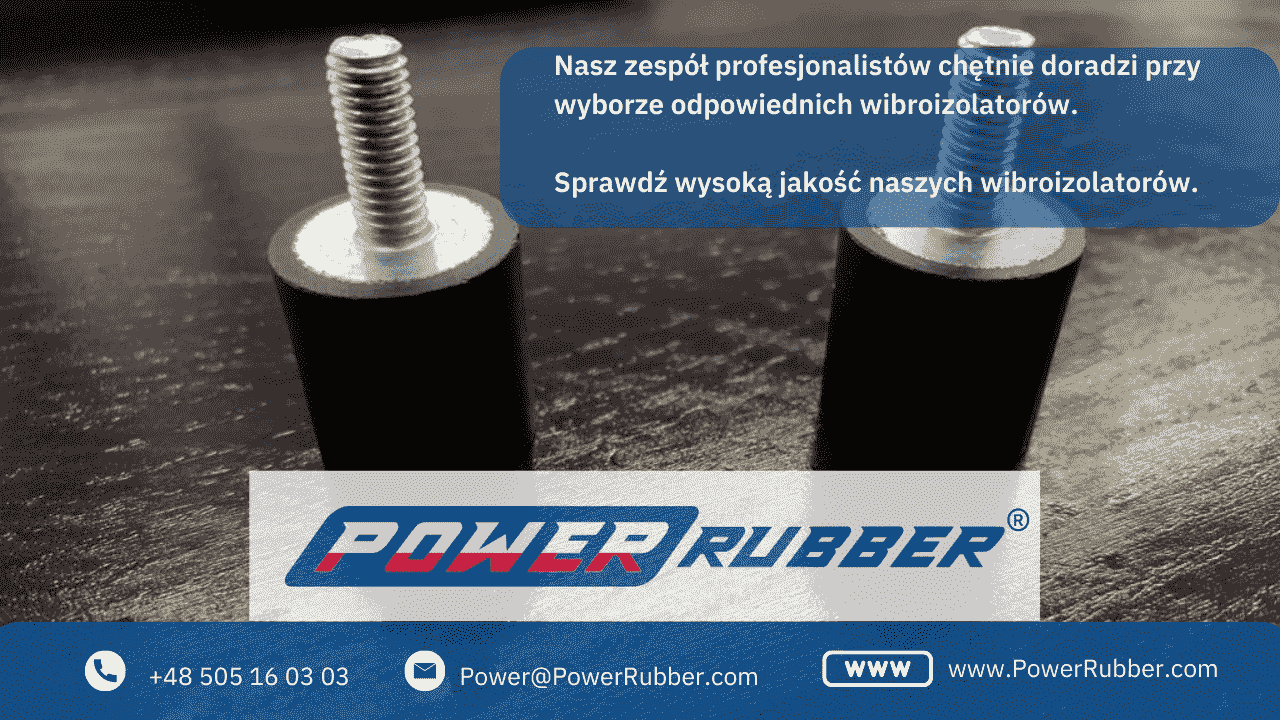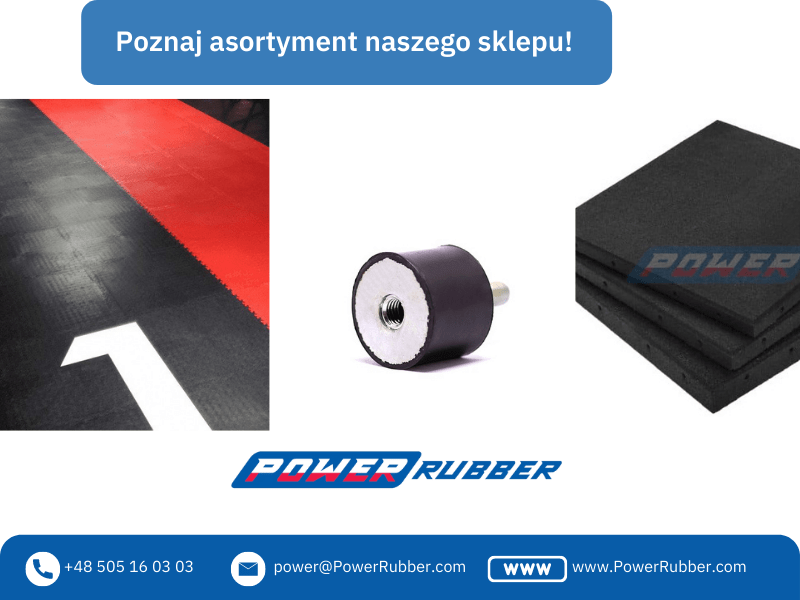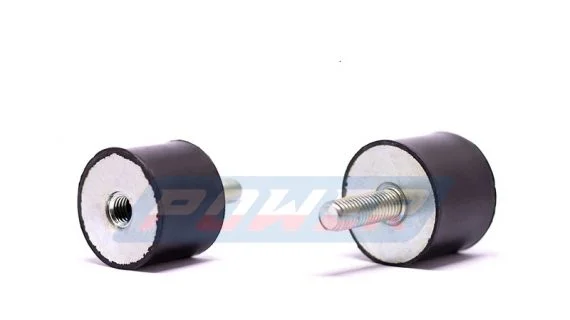Silentbloki
Jak są zbudowane?
Silentblok składa się z metalowej konstrukcji, którą tworzą dwie tuleje włożone jedna w drugą. Pomiędzy tulejami znajduje się część elastyczna (element gumowy) odpowiedzialna za łagodzenie wibracji i pochłanianie drgań.Silentblok – zastosowanie
Silentblock to guma połączona z metalowym izolatorem, dzięki której można zniwelować wibracje. Stosowana jest przede wszystkim do:- łączenia części zawieszenia samochodowego
- niwelowania wibracji przenoszonych z jednego elementu na drugi
- montażu w różnych układach pojazdu (silnik, skrzynia biegów, amortyzatory)
- łagodzenia wibracji wewnętrznych wentylatorów, pralek, cylindrów, silników
- niwelowania przenoszenia wibracji na zewnątrz
- łagodzenia i rozwiązywania obciążeń występujących w systemach wibracyjnych i oscylacyjnych
Seasonal Betting Events in the UK: A Year-Round Look
Seasonal betting events in the UK offer a dynamic and ever-changing landscape for punters throughout the year. From the excitement of the Grand National to the festive cheer of the Christmas races, each season brings its own set of opportunities and challenges for those looking to place their bets. In this article, we take a year-round look at the thrilling world of seasonal betting events in the UK, exploring the trends, strategies, and key factors that influence betting patterns across different times of the year.
As we delve into the realm of seasonal betting events, we will uncover the unique characteristics of each season and how they impact the betting market. From the traditional summer horse racing festivals to the winter football showdowns, there's always something for every type of bettor. Join us on this journey as we unravel the secrets behind successful seasonal betting, analyze the factors that drive betting behavior during different times of the year, and provide valuable insights to help you make informed betting decisions. Get ready to explore the fascinating world of seasonal betting events and discover how you can maximize your betting experience throughout the year.
The Evolution of Seasonal Betting Events in the UK
Seasonal betting events in the UK offer a year-round opportunity for punters to engage with various sports and cultural occasions. Beginning in spring, the Grand National at Aintree Racecourse captures the attention of both avid bettors and casual observers. The excitement culminates in the Grand National Festival, where the highly anticipated race is the highlight of the event. As the summer approaches, the Wimbledon Championships are announced, drawing crowds to the iconic grass courts to witness world-class tennis and place bets on their favorite players.
In autumn, the start of the football season marks another significant period for betting enthusiasts. With various leagues and cup competitions taking place, football betting experiences a surge in activity as fans support their teams and predict match outcomes. Additionally, the prestigious Cheltenham Festival is announced, attracting horse racing enthusiasts from around the world to partake in the thrilling races and betting opportunities.
As winter arrives, the festive period brings about traditional events such as the Boxing Day horse racing fixtures and the Premier League's busy schedule. The holiday season also sees the announcement of the Six Nations Championship, a highly anticipated rugby tournament that sparks excitement among sports bettors. With a diverse range of seasonal betting events throughout the year, the UK offers a dynamic and engaging landscape for individuals looking to immerse themselves in the world of sports betting.
Analyzing the Impact of Weather on Betting Trends
Seasonal betting events in the UK offer a year-round calendar of exciting opportunities for punters to engage with. Starting off the year, the Cheltenham Festival in March is a highlight for horse racing enthusiasts, attracting top horses, jockeys, and trainers from around the world. The Grand National in April is another iconic event that garners significant attention, with millions of viewers tuning in to witness the thrilling steeplechase action.
As the summer approaches, the focus shifts to events like Royal Ascot in June, known for its blend of high-class racing and sophisticated fashion. Wimbledon in July captures the attention of tennis fans, providing ample betting opportunities on matches featuring the world's top players. Moving into autumn, the Ebor Festival in August and the St Leger Stakes in September offer further chances for punters to enjoy top-quality horse racing.
The winter months bring festive cheer and exciting betting events such as the King George VI Chase on Boxing Day and the Welsh Grand National in December. Additionally, football takes center stage with the Premier League and FA Cup providing a plethora of matches for bettors to wager on. With such a diverse range of seasonal betting events throughout the year, the UK betting scene offers something for every sports enthusiast to enjoy.
Cultural Traditions and Festivities Driving Betting Activity
Seasonal betting events in the UK offer a year-round opportunity for enthusiasts to engage in thrilling wagering activities. The betting calendar kicks off with the Grand National in April, a historic steeplechase event that captivates the nation with its excitement and unpredictability. As spring transitions into summer, the Royal Ascot takes center stage, attracting elite horses, jockeys, and spectators for a week of prestigious racing and fashionable displays. Moving into autumn, the Cheltenham Festival in October showcases top-class jump racing, drawing crowds to witness intense competition and potential upsets.
As winter approaches, the focus shifts to the King George VI Chase on Boxing Day, a highlight of the festive season for racing enthusiasts. The year culminates with the iconic Epsom Derby in June, a centuries-old classic that remains a cornerstone of British horse racing. With each season offering its own set of premier events, the UK's betting landscape provides a diverse and exciting array of opportunities for punters to engage with the sport of kings throughout the year.
Strategies for Maximizing Returns During Peak Betting Seasons
Seasonal betting events in the UK offer a diverse range of opportunities for punters throughout the year. Starting with the Grand National in April, this iconic horse racing event captures the attention of both seasoned bettors and casual fans alike. With its rich history and thrilling atmosphere, the Grand National is a highlight of the UK's sporting calendar, drawing crowds and wagers from around the world.
As summer approaches, the focus shifts to events like Wimbledon and Royal Ascot, where tennis and horse racing enthusiasts gather to witness top-tier competition. Betting on these prestigious events adds an extra layer of excitement, with punters analyzing form, statistics, and expert opinions to make informed wagers. The summer months also bring popular football tournaments like the UEFA European Championship, providing ample betting opportunities for fans of the beautiful game.
Heading into autumn, the attention turns to events such as the Rugby World Cup and the Premier League season, offering a mix of international and domestic betting options. The festive period sees a surge in betting activity, with events like the PDC World Darts Championship and the Boxing Day football fixtures attracting a flurry of bets. Overall, the UK's year-round calendar of seasonal betting events ensures that there is never a dull moment for those looking to test their luck and knowledge across a variety of sports.
Regulatory Challenges and Opportunities in Seasonal Betting Events
In the UK, betting events are a significant part of the country's cultural fabric, with a wide range of seasonal events that attract enthusiasts throughout the year. Starting with the Cheltenham Festival in March, horse racing takes center stage, drawing crowds and bettors alike to witness top-class racing and thrilling competition. The Grand National in April is another highlight, known for its unpredictable nature and the excitement it generates among spectators and punters.
As the summer approaches, the focus shifts to events like Royal Ascot in June, a prestigious gathering that combines high fashion with elite horse racing. The Wimbledon Championships in July also capture the attention of sports fans and betting enthusiasts, offering a chance to wager on tennis matches featuring the world's top players. Additionally, the summer months see an increase in cricket betting, with test matches and limited-overs competitions providing ample opportunities for punters.
Autumn brings the start of the football season, with Premier League matches dominating the betting scene. The FA Cup and League Cup competitions offer additional avenues for football betting enthusiasts to test their predictions and strategies. In November, the Betfair Chase and the King George VI Chase showcase top-class steeplechase horses competing for prestigious titles and attracting betting interest from fans of jump racing.
Finally, the winter months see a surge in interest in events like the Six Nations Rugby Championship, where national teams from England, Ireland, Scotland, Wales, France, and Italy compete for glory. The festive period also features traditional fixtures like the PDC World Darts Championship, a popular event for darts betting enthusiasts looking to add some excitement to the holiday season. Overall, the UK's year-round calendar of seasonal betting events offers something for everyone, from horse racing and football to tennis, cricket, and beyond.
As we've explored the diverse landscape of seasonal betting events in the UK throughout the year, it's evident that the excitement and opportunities for punters are truly year-round. From the prestigious races of the Grand National to the festive markets of Christmas, each event offers its own unique charm and betting possibilities. Whether you're a seasoned bettor or a newcomer looking to dip your toes into the world of gambling, the UK's calendar is brimming with options to suit every taste and preference. So, mark your calendars, brush up on your knowledge, and get ready to immerse yourself in the thrilling world of seasonal betting events!
Z czego wytwarzane są Silentbloki?
Tuleje gumowo-metalowe mają najczęściej kształt cylindryczny lub stożkowy. Różnią się one między sobą średnicą i długością. Wszystkie jednak zaprojektowane są w taki sposób, aby pochłaniać wstrząsy oraz izolować drgania. Wibracje przenoszone z jednej części na drugą mogą powodować m.in. pękanie zmęczeniowe. Silentbloki mogą być wytwarzane z gumy naturalnej i syntetycznej. Ta pierwsza charakteryzuje się wysoką elastycznością oraz znakomitą wytrzymałością na rozciąganie. Wykorzystanie gumy syntetycznej do produkcji tulei sprawia, że są one bardziej odporne na olej oraz pracują w szerszym zakresie temperatur. Do gum syntetycznych, z których najczęściej wytwarzane są Silentbloki zaliczamy kauczuk nitrylowy (NBR) i kauczuk butadienowo-styrenowy (SBR). Kauczuk nitrylowy w porównaniu do gumy naturalnej (NR) wykazuje lepszą odporność na działanie oleju i większą odporność na ścieranie. Kauczuk naturalny (NR) to materiał o twardości 55 ShA (skala Shore typ A). Gumy syntetyczne (NBR, SBR, EPDM) mogą występować o zmiennej twardości. Kauczuk butadienowo-styrenowy (SBR) w porównaniu z naturalnym wykazuje większą odporność na starzenie cieplne oraz charakteryzuje się większą wytrzymałością na obciążenia i wstrząsy. Zaletą kauczuku naturalnego w tulejach gumowo-metalowych jest duża wytrzymałość na rozciąganie, zerwanie i rozdzieranie, a także bardzo dobra odporność na niskie temperatury sięgające od - 50 º C. Standardowym materiałem, z którego wykonana jest część metalowa tulei jest stal ocynkowana. Ocynkowanie zapobiega m.in. występowaniu ognisk korozji. Na opakowaniu tulei znajdziesz wiele informacji dotyczących rozmiaru, średnicy oraz materiału, z którego jest wykonana. Od tych parametrów uzależniona jest również cena produktu.Produkcja
Gotowy produkt składa się z dwóch połączonych tulei z gumą połączoną między nimi. Gumę naturalną lub syntetyczną wtryskuje się w szczelinę pomiędzy dwie tuleje w celu wypełnienia pustej przestrzeni między nimi. Następnie guma poddawana jest wulkanizacji. Wulkanizacja (proces sieciujący) to jeden z etapów tworzenia tulei gumowo-metalowych, w wyniku którego otrzymuje się elastyczną gumę, która wykazuje lepszą odporność na ścieranie lub wahania temperatury. Następnie Silenbloki są poddawane wstępnemu sprężaniu, które podnosi ich wytrzymałość dynamiczną oraz żywotność. Na rynku dostępne są również oferty sprzedaży tulei wytwarzanych z poliuretanu, których cena różni się od elementów gumowo-metalowych.
Zużyty Silentblok – Jak wymienić?
W związku z obciążeniami, jakim poddawane są tuleje metalowo-gumowe, należy regularnie monitorować ich zużycie. Silentblok wahacza (np. Febi Bilstein) montuje się w celu złagodzenia wibracji oraz zredukowania nadmiernego hałasu wytwarzanego przez zawieszenie podczas jazdy samochodem. Do zwiększonego zużycia dochodzi najczęściej podczas jazdy po nierównej powierzchni. Wyeksploatowany Silentblok wahacza obniża komfort jazdy oraz negatywnie wpływa na zawieszenie.Objawy zużycia tulei
O tym, że tuleje wymagają wymiany mogą świadczyć następujące objawy:- charakterystyczne stukanie lub skrzypienie w okolicach podwozia
- szybsze zużycie bieżnika opony po stronie uszkodzonego amortyzatora
- szarpanie podczas uruchamiania pojazdu lub hamowania
- problemy z geometrią kół
- bujanie pojazdu lub utrata przez koła kontaktu z podłożem
- utrudnione trzymanie toru jazdy
Jak wymienić Silentblok wahacza?
Silentbloki stanowią bardzo ważny komponent mocowania podwozia samochodu. Po przeprowadzonej diagnozie, w celu zapewnienia bezpieczeństwa zaleca się, aby amortyzator wymienić parami po obu stronach. Wymianę Silentblok wahacza (np. Febi Bilstein) najczęściej zleca się fachowcom w warsztacie samochodowym (cena usługi różni się między sobą w wielu miastach). Jeżeli jednak posiadasz prasę hydrauliczną i masz wiedzę dotyczącą naprawy lub wymiany zużytych części w samochodach, możesz samodzielnie podjąć się tego zadania. W pierwszej kolejności należy zdemontować wahacz. Za pomocą prasy hydraulicznej wypycha się stare i zużyte tuleje. W celu łatwiejszego montażu nowych Silnetbloków należy nasmarować jest smarem. Aby nie doszło do uszkodzenia wahacza, zachowaj ostrożność podczas tych czynności. Kiedy Silentblok wahacza jest już na miejscu, należy wyrównać geometrię kół w taki sposób, aby tor ruchu kół pokrywał się z jego osią. Na rynku dostępnych jest wiele rodzajów tulei w różnych kształtach i rozmiarach. Oznacza to, że prawidłowy montaż każdego z Silentbloka może się nieznacznie różnić. Możesz mieć wpływ na zapewnienie odpowiedniej trwałości i działania tulei zwracają uwagę na jej prawidłowy montaż. Niewłaściwie wprasowana tuleja może mieć negatywny wpływ na pozostałe elementy systemu mocowania powodując ich nadmierne zużycie lub uszkodzenie. Prawidłowo zamontowany komplet tulei gumowo-metalowych zapewnia bezpieczeństwo zapewniając m.in. utrzymanie toru jazdy oraz właściwe tłumienie wstrząsów i izolowanie drgań. Dane, które podaje producent dostarcza wielu potrzebnych informacji dotyczących rozmiaru, kształtu, średnicy, wykorzystanego materiału oraz możliwości zastosowań w poszczególnych pojazdach.
